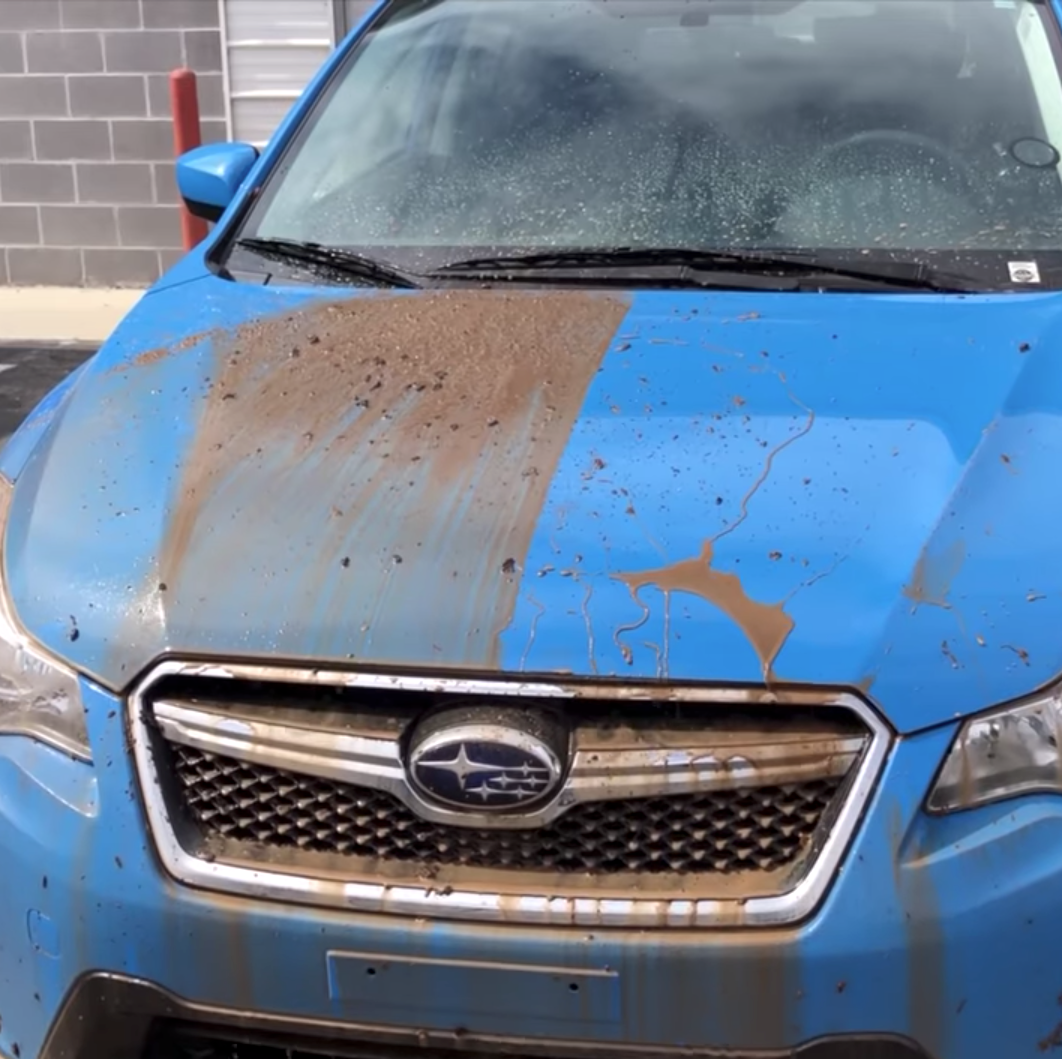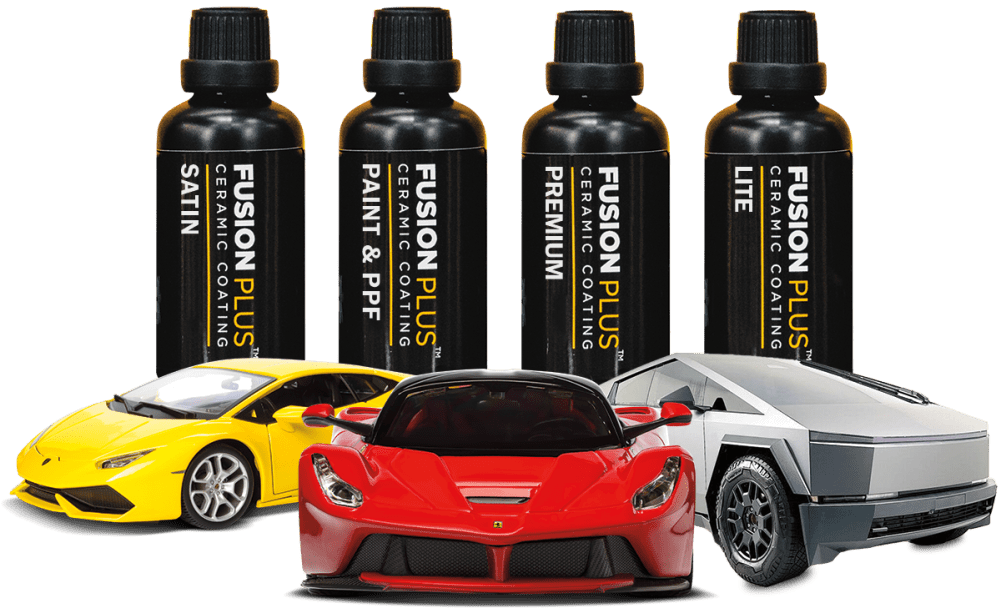Ceramic Finish vs. Conventional Wax: Which Supplies Better Long-Term Protection?
The debate between ceramic coatings and conventional wax for automobile defense has amassed considerable attention amongst automobile fanatics and specialists alike. Ceramic coverings boast superior durability and resistance to ecological elements, yet the intricacy of their application elevates questions concerning availability and functionality.
Overview of Ceramic Covering
Ceramic finishing has actually gained considerable popularity among vehicle lovers and detailers alike because of its advanced safety high qualities. This ingenious innovation is made to develop a resilient, hydrophobic shield over a car's paint surface area, dramatically boosting its resistance to ecological pollutants such as dust, UV rays, and chemical stains. Unlike traditional wax, which gives a temporary layer of defense, ceramic coverings bond at a molecular degree with the paint, providing lasting sturdiness-- typically expanding beyond two years with correct maintenance.
The application process includes precise prep work of the car's surface, consisting of cleansing and brightening to make certain optimal bond. As soon as applied, the covering remedies to form a durable layer that not only adds deepness and gloss to the paint however likewise simplifies maintenance. With its hydrophobic residential properties, ceramic coating enables water and dust to move off more easily, lowering the frequency of washes and reducing the danger of swirl marks.
Moreover, ceramic finishes are available in various formulas, permitting users to select products tailored to their details requirements and preferences. Overall, ceramic coating represents a substantial advancement in paint security technology, providing premium efficiency contrasted to traditional choices.
Summary of Traditional Wax
Traditionally concerned as a staple in automobile treatment, wax works as a preferred option for those looking for an uncomplicated technique to enhance and safeguard their lorry's paint - ceramic coating. Automotive wax commonly comprises natural active ingredients, such as carnauba, or artificial substances, created to develop a protective layer externally of the paint. This layer not just boosts the vehicle's gloss and radiate but additionally supplies an obstacle versus environmental pollutants
The application of wax is normally user-friendly, making it accessible for both professionals and do it yourself lovers. It can be applied by hand or maker, enabling adaptability in the describing procedure. As soon as applied, wax calls for a healing period, after which it hardens to create a safety shell. Wax is additionally known for its ability to drive away water, advertising a beading result that assists in the avoidance of water spots and deterioration.
Nonetheless, while wax is effective for improving the aesthetic allure of a lorry, it is important to note that the protection it uses may necessitate extra regular reapplication compared to alternate products, such as ceramic coatings. On the whole, traditional wax remains a favored alternative for those prioritizing convenience of usage and instant aesthetic renovation.
Durability and Longevity Contrast
While both ceramic coatings and standard wax deal safety advantages for auto paint, their longevity and longevity vary significantly. Typical wax, commonly made from all-natural carnauba or artificial polymers, normally offers a safety layer that lasts about 3 to 6 months. This relatively short life-span requires regular reapplication to maintain ideal security.
In contrast, ceramic coverings are engineered from sophisticated nanotechnology, creating a covalent bond with the paint surface area. This results in a durable, hydrophobic layer that can withstand for two to five years, relying on the item and environmental problems. The superior toughness of ceramic finishes is credited to their chemical framework, which offers improved resistance to scratches, UV rays, and oxidation.

Protection Versus Environmental Aspects
Securing look these up a lorry's paint from ecological elements is vital for preserving its appearance and worth in time. Autos are continuously revealed to a range of components, including UV rays, bird droppings, tree sap, acid rain, and roadway crud, all of which can compromise the stability of the paintwork.
Ceramic finishes offer a durable protection against these ecological assailants. Unlike typical wax, which can degrade rapidly under UV exposure, ceramic finishings create a durable, hydrophobic layer that resists the damaging impacts of sunshine and toxic wastes. This sophisticated technology creates a chemical bond with the car's surface, providing premium protection that lasts for several years, also in harsh conditions.
In contrast, ceramic finishes maintain their safety high qualities much longer, significantly reducing the threat of paint damages and making certain that the lorry maintains its visual allure. As an outcome, ceramic layers are significantly acknowledged as the remarkable option for lasting defense versus environmental variables.
Application and Maintenance Differences
The techniques of application and succeeding upkeep for ceramic finishes and standard wax differ significantly, influencing the general customer experience and efficiency of each product. Ceramic coverings call for an even more complex application procedure, commonly involving surface area prep work that includes cleaning, sanitizing, and brightening the lorry. Once the surface area is ready, the ceramic covering is used in a controlled atmosphere, usually needing expert competence to make certain correct curing and bonding to the paint.

While why not check here both products enhance lorry look, the longer-lasting protection provided by ceramic finishes might validate their first financial investment, in spite of the even more requiring application procedure. Conversely, conventional wax stays a popular selection for those seeking a simpler, albeit temporary, service.

Conclusion
Finally, ceramic coverings demonstrate significant benefits over traditional wax in terms of toughness and environmental management. With a life-span prolonging 2 to 5 years and premium resistance to UV rays, dust, and chemical discolorations, ceramic coatings use a much more reliable solution for long-lasting car upkeep. The application process may require professional proficiency, the resulting price savings and minimized frequency of reapplication emphasize the value of ceramic finishes for those seeking optimum car defense.
The debate between ceramic layers and standard wax for car defense has actually garnered significant interest among vehicle lovers and professionals alike. Unlike conventional wax, which gives a momentary go to this site layer of security, ceramic finishes bond at a molecular level with the paint, providing long-lasting sturdiness-- often prolonging beyond 2 years with correct upkeep.
While both ceramic coverings and conventional wax deal protective advantages for automobile paint, their resilience and longevity vary considerably. For cars and truck enthusiasts seeking lasting security, ceramic finishings present a compelling benefit over conventional wax items.
In final thought, ceramic finishes show substantial benefits over conventional wax in terms of longevity and environmental security.